What's Wrong With This Picture: The Rugged EV Lifestyle Edition
Of all the barriers standing in the way of commercial success for electric cars, the “image issue” is perhaps one of the least understood. Most EV firms have embraced the distinctively Western “green consumption” trend, in which a kind of environmental asceticism drives consumer values of downsizing and ultimately self-denial. But making a conscious choice to not use gasoline and accepting whatever the market happens to offer is not a phenomenon that automakers can expect to sustain itself. If they ever want to achieve mass acceptance, EVs need an image context that goes beyond graywater recycling, “freeganism” and other highly conscious but ultimately self-denying lifestyle choices.
Racing is one obvious way to broaden EV appeal, as it highlights the positive performance aspects of EV drivetrains, but sadly no major OEM will commit to an EV racing series. Besides, racing hardly builds on the existing (if limited) green appeal of EVs. Enter the EV as disaster response vehicle. The NYT has a fantastic story about the use of EVs in rescue efforts after the Japanese quake/tsunami, when gas was largely unavailable. The story proves that EVs, far from being mere lifestyle accessories, can be hugely useful in the right circumstances. And because so many green lifestyle choices stem from a perspective of apocalyptic expectation, this story both broadens and builds on the EV’s existing appeal. Most importantly of all, pictures like the one above will do more to banish the limp-wristed, “anti-luxury” image that curses EVs than just about anything else. Just as SUV buyers would swell with pride seeing an ad image of their Explorer in off-road conditions they would never visit themselves, the image of EVs running first-responder missions in a quake-torn Japan could be of lasting significance.
More by Edward Niedermeyer
Latest Car Reviews
Read moreLatest Product Reviews
Read moreRecent Comments
- Jeff Not bad just oil changes and tire rotations. Most of the recalls on my Maverick have been fixed with programming. Did have to buy 1 new tire for my Maverick got a nail in the sidewall.
- Carson D Some of my friends used to drive Tacomas. They bought them new about fifteen years ago, and they kept them for at least a decade. While it is true that they replaced their Tacomas with full-sized pickups that cost a fair amount of money, I don't think they'd have been Tacoma buyers in 2008 if a well-equipped 4x4 Tacoma cost the equivalent of $65K today. Call it a theory.
- Eliyahu A fine sedan made even nicer with the turbo. Honda could take a lesson in seat comfort.
- MaintenanceCosts Seems like a good way to combine the worst attributes of a roadster and a body-on-frame truck. But an LS always sounds nice.
- MRF 95 T-Bird I recently saw, in Florida no less an SSR parked in someone’s driveway next to a Cadillac XLR. All that was needed to complete the Lutz era retractable roof trifecta was a Pontiac G6 retractable. I’ve had a soft spot for these an other retro styled vehicles of the era but did Lutz really have to drop the Camaro and Firebird for the SSR halo vehicle?


















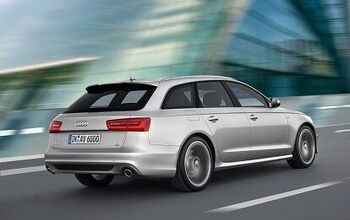
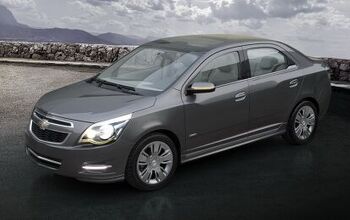
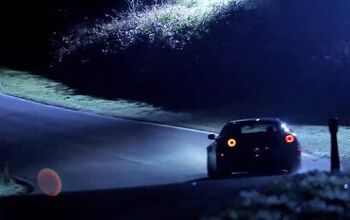
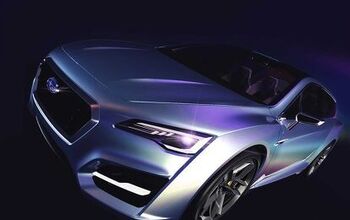
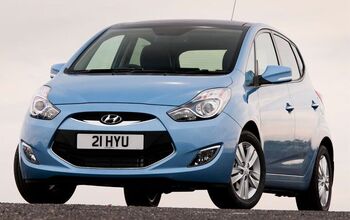










Comments
Join the conversation
Maybe you guys need to take a moment to read the article before commenting. Obviously, the i-MiEV's weren't busting through the wreckage to pull bodies out of collapsed buildings. On the other hand, they were performing a necessary service - within their technological limitations. And, seemingly, they were doing a right good job of it. Damn, maybe these things are useful after all. Of course, getting some hard core detractors to admit to that . . . . . . . .
Never mind that. The dude will have to wait 6 hours for the batteries to charge. Leave the boat on top of the building and turn the building into a casino strip club. Call it "Das Boat Casino and Strip Club"